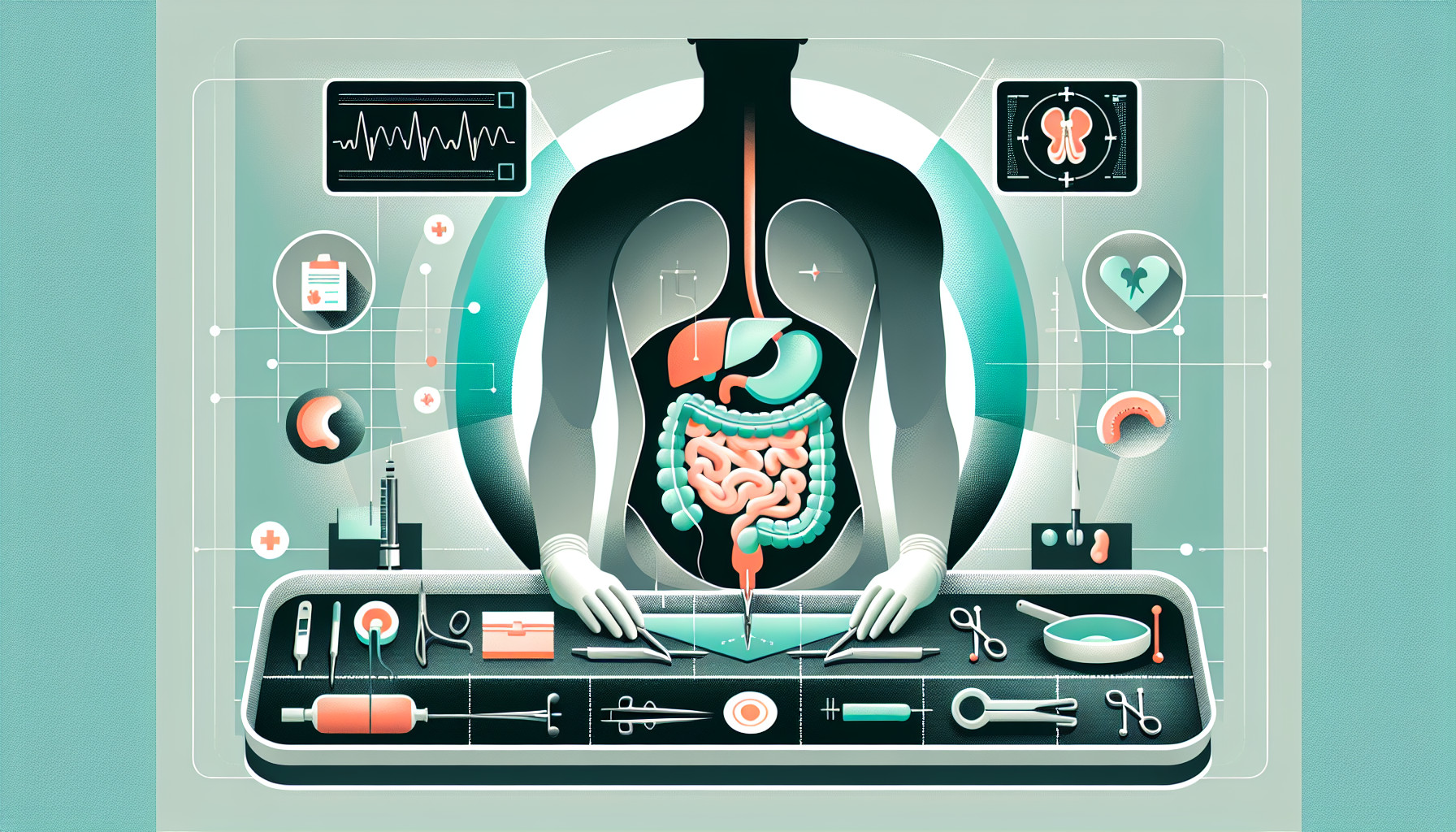Our Summary
This research paper reviews how 3D printing is being used in colorectal surgery. Colorectal surgery involves procedures on the colon, rectum, and anus, and 3D printing can help surgeons plan and execute these procedures more effectively. The study looked at many different ways 3D printing has been used in this field, including making personalized models of a patient’s anatomy for planning the surgery, creating models for training surgeons, and even making custom devices and tools for the procedures.
The authors reviewed 18 studies, which included a range of different types of research such as randomized controlled trials, case reports, and technical studies. They looked at how 3D printing was used in different stages of the surgical process, from the initial planning stages to the actual surgery, and even for educating patients about their procedures.
The review concludes that while more research is needed, the current studies suggest that 3D printing has a lot of potential in colorectal surgery. It could help improve how these surgeries are performed, and possibly make the experience better for patients.
FAQs
- How is 3D printing being utilized in colorectal surgery?
- What types of research were reviewed in the study on 3D printing in colorectal surgery?
- What are the potential benefits of using 3D printing in colorectal surgery according to the research paper?
Doctor’s Tip
One helpful tip a doctor might tell a patient about colorectal surgery is to follow the pre-operative instructions carefully. This may include fasting before the surgery, taking prescribed medications as directed, and following any bowel preparation instructions. Following these instructions can help ensure the surgery goes smoothly and reduces the risk of complications. It’s important to communicate any concerns or questions with your healthcare team to ensure you are well-prepared for the procedure.
Suitable For
Patients who may be recommended for colorectal surgery include those with colorectal cancer, inflammatory bowel disease (such as Crohn’s disease or ulcerative colitis), diverticulitis, rectal prolapse, anal fistulas or fissures, and other conditions affecting the colon, rectum, or anus. Surgery may be recommended for these patients if conservative treatments have not been effective or if the condition is severe or life-threatening.
In some cases, patients may also undergo colorectal surgery for diagnostic purposes, such as to remove polyps or tumors for further examination. Additionally, patients with a family history of colorectal cancer or other hereditary conditions may also be recommended for surgery as a preventative measure.
Overall, the decision to recommend colorectal surgery is made on a case-by-case basis, taking into account the patient’s medical history, current condition, and overall health. It is important for patients to discuss their treatment options with their healthcare provider to determine the best course of action for their specific situation.
Timeline
Before colorectal surgery:
- Patient meets with their surgeon to discuss the procedure and any potential risks or complications
- Patient undergoes pre-operative testing and imaging to assess their condition
- Surgeon may use 3D printing technology to create personalized models of the patient’s anatomy for surgical planning
- Patient may be placed on a special diet or given medications to prepare for surgery
After colorectal surgery:
- Patient is monitored closely in the recovery room for any immediate complications
- Patient is typically kept in the hospital for a few days for observation and pain management
- Patient may need to follow a specific diet and activity plan to aid in recovery
- Surgeon may use 3D printing for post-operative imaging to assess the success of the surgery
- Patient will have follow-up appointments with their surgeon to monitor their progress and address any concerns or complications
What to Ask Your Doctor
Some questions that a patient should ask their doctor about colorectal surgery and 3D printing include:
- How will 3D printing be used in my specific surgery?
- What are the potential benefits of using 3D printing in my surgery?
- Are there any risks or limitations associated with using 3D printing in colorectal surgery?
- Will the use of 3D printing affect the length or complexity of my surgery?
- How will 3D printing improve the precision and accuracy of my surgery?
- Will I have access to a personalized model of my anatomy for better understanding of the procedure?
- Are there any additional costs associated with the use of 3D printing in my surgery?
- How experienced is the surgical team in using 3D printing technology for colorectal procedures?
- What is the expected recovery time and outcome with the use of 3D printing in my surgery?
- Are there any alternative methods or technologies that could be used in place of 3D printing for my surgery?
Reference
Authors: Habermann AC, Timmerman WR, Cohen SM, Burkhardt BW, Amendola MF. Journal: Int J Colorectal Dis. 2024 Aug 7;39(1):127. doi: 10.1007/s00384-024-04695-8. PMID: 39107626
